How to Wow Your Readers with Your Novel
The last couple of weeks, I’ve been talking about the importance of mastering how to “show” effectively in your writing. This is one of the key things that will make or break your novel.
Meaning: if you don’t master this technique, it’s likely your novels will never see success.
Readers just don’t want to mull through pages of explanation, boring detail, lengthy narrative, excessive backstory.
They want to “watch” the story unfold before their very eyes. And the best way to do this is by using cinematic technique.
Let me share one last excerpt with you, and I’ll get off my soapbox:
Haven’t you read scenes in which two people are sitting somewhere (and you’ve probably not been told where) and just talking? The dialog goes on for pages, and maybe some of it is interesting, but you can’t picture where these people are, what the setting is like, what they look like. Or maybe you have more description than you want—of the restaurant and their clothes and hair and the noise and smells inside. But still . . . nothing happens.
I’m not talking about physical action.
And this is an important distinction.
There can be a lot happening in a scene without a character even twitching. There can be heavy subtext, innuendo, clues, suspicions—all kinds of tension and plot reveals going on. But still, the scene can feel flat and a bit boring because it feels as if the camera filming all this is stuck in one spot across the room.
This is not to say every scene needs to have your “camera” zooming and panning and doing gymnastics to keep your reader’s interest up. But once you see how you can bring in a variety of camera shots to your scenes—even the ones in which not much is happening—you will realize there are better ways to construct them to supercharge them.
Don’t settle for okay or boring or so-so. Think big impact.
That’s what great directors do. And big impact doesn’t apply to just explosive scenes with high action.
You can have a huge-impact small moment. A tiny element in your story can be key—the gripping linchpin upon which your entire plot hinges—and by using the right camera shots, you can play up that subtle bit and blow it up to the size it should be.
High-impact moments, regardless of how subtle, should “fill the entire screen.”
Scenes must have a point to them. Meaning, each scene should have one specific purpose (or at least one), one objective. That purpose is showcased in the “high moment” that comes at the end of the scene.
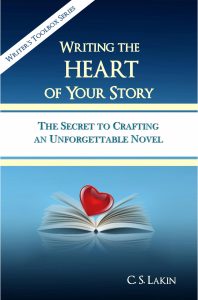 I’ve written countless posts on scene structure (so many that, if you print them out, you could probably wall paper your entire living room with them), so if you need to nail scene structure, check out the many posts and go back into Writing the Heart of Your Story, because that book also covers this in depth.
I’ve written countless posts on scene structure (so many that, if you print them out, you could probably wall paper your entire living room with them), so if you need to nail scene structure, check out the many posts and go back into Writing the Heart of Your Story, because that book also covers this in depth.
Folks, truly: you gotta nail scene structure to be a great novelist! Have you taken the time to learn this?
And the key to scene structure is identifying your key or high moment and building to it.
This is exactly what a film director does, and the impact of that high moment is going to be strengthened or weakened by the camera angles used.
As novelists, we want to “blow up” those key moments in every scene, even if they’re subtle moments. And we do this by our choice of camera shots.
You may not realize you are already using camera shots in your scenes. And if you aren’t doing so consciously, you are probably sticking a camera in one place and leaving it running for the duration of the scene.
What do I mean? The reader is watching what is taking place as if sitting in one spot. And that can get boring or stagnant.
By mastering cinematic technique, borrowing from the great filmmakers and directors, you can shoot your scenes with huge impact to your readers.
Don’t you want readers to get to the end of a scene and say, “Wow, that was fantastic!”? And they jump right into the next chapter, even if it’s 3 a.m. and they really need to get to sleep to get up to go to work at 8.
Believe me, if you don’t master the technique of “show, don’t tell,” you are going to be putting your readers to sleep before their bedtime. And that’s not a good thing. Trust me.
So don’t pass up this book. I wrote it for one big reason: no one else had written anything like this! I was shocked to find that, among the 1,400 or so titles under writing craft books online, I could not find even one book that teaches novelists how to use cinematic technique!
Someone had to write the thing, and because I was raised in the TV industry and read more scripts than books as a kid (and I read a lot of books!), I figured the task fell upon me to write this.
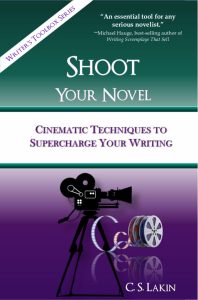 Don’t miss out on this unique instruction. Get your copy of Shoot Your Novel here on AMAZON, in print or ebook. And be prepared for your writing to rise to a whole new level!
Don’t miss out on this unique instruction. Get your copy of Shoot Your Novel here on AMAZON, in print or ebook. And be prepared for your writing to rise to a whole new level!
“Shoot Your Novel was one of the best writing craft books I’ve read. They say a picture is worth a thousand words, but Lakin has put them on an even footing by providing skillful scene building techniques that make a novel read like a block-buster movie. Wonderful!”
—Marilyn Parker
“Absolutely fantastic! This book has raised my writing ability more than any other recent books. I’ve read all of the ‘Active Settings’ books, but this one explains how, when, where,what & why.”
—Linda Bell
“C. S. Lakin is a fabulous teacher, providing you with easy-to-understand concepts that are guaranteed to enrich your writing and add depth to your story. As I read this book, my mind kept drifting to places in my novel where Lakin’s techniques could be applied. I found her advice to be fresh and exciting, and I couldn’t wait to get back to the keyboard!
—Peter Ryan
Have you already read Shoot Your Novel? Has it helped you to write more cinematically? Share in the comments.
Here’s to writing terrific novels!
And to help you even further . . .
Layer Your Novel releases this week!
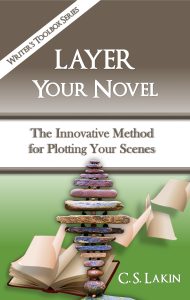 The paperback version is already up for sale, and you can get yours HERE!
The paperback version is already up for sale, and you can get yours HERE!
You can preorder the Kindle ebook now, and you’ll be able to download it to your Kindle on Friday!
The discounted price of $2.99 is only good through Saturday! So grab it at the low price while you can.
With these books in The Writer’s Toolbox Series, you will learn everything you need to know to craft terrific novels. Help is here!
And if you aren’t in my Novel-Writing Fast Track mailing list, consider joining! You’ll get Writing the Heart of Your Story for FREE, along with other free ebooks. Each month you can enter a Rafflecopter contest to win more free writing craft books. You can unsubscribe at any time, and no participation is required. Sign up HERE!
If you’re already on my general mailing list, all you need to do is scroll down to the bottom of any newsletter blast, click on “Update Your Preferences,” then fill out the form and be sure to checkmark the box that says JOIN. Simple!
Avail yourself of all this content to become the best writer you can be. No excuses!


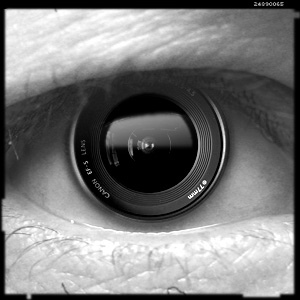

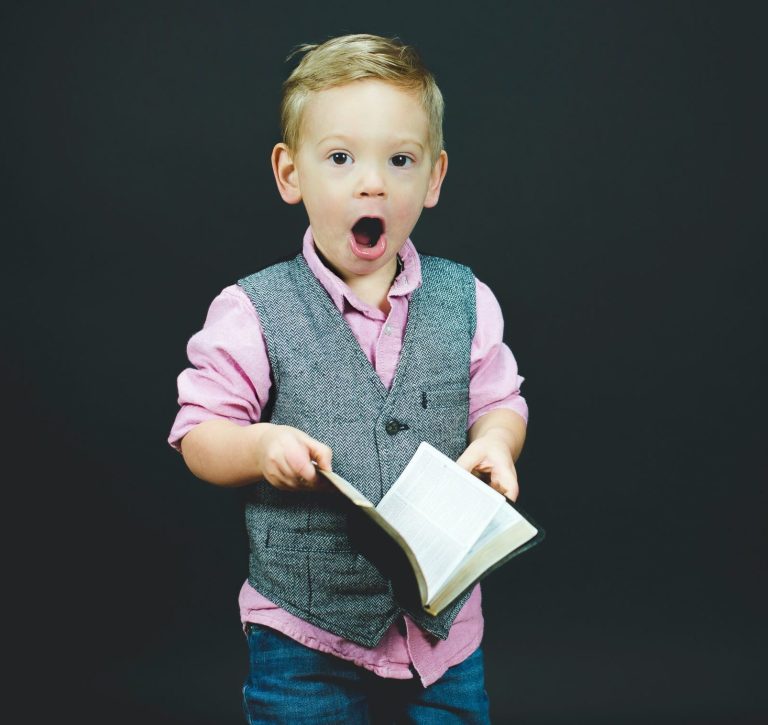
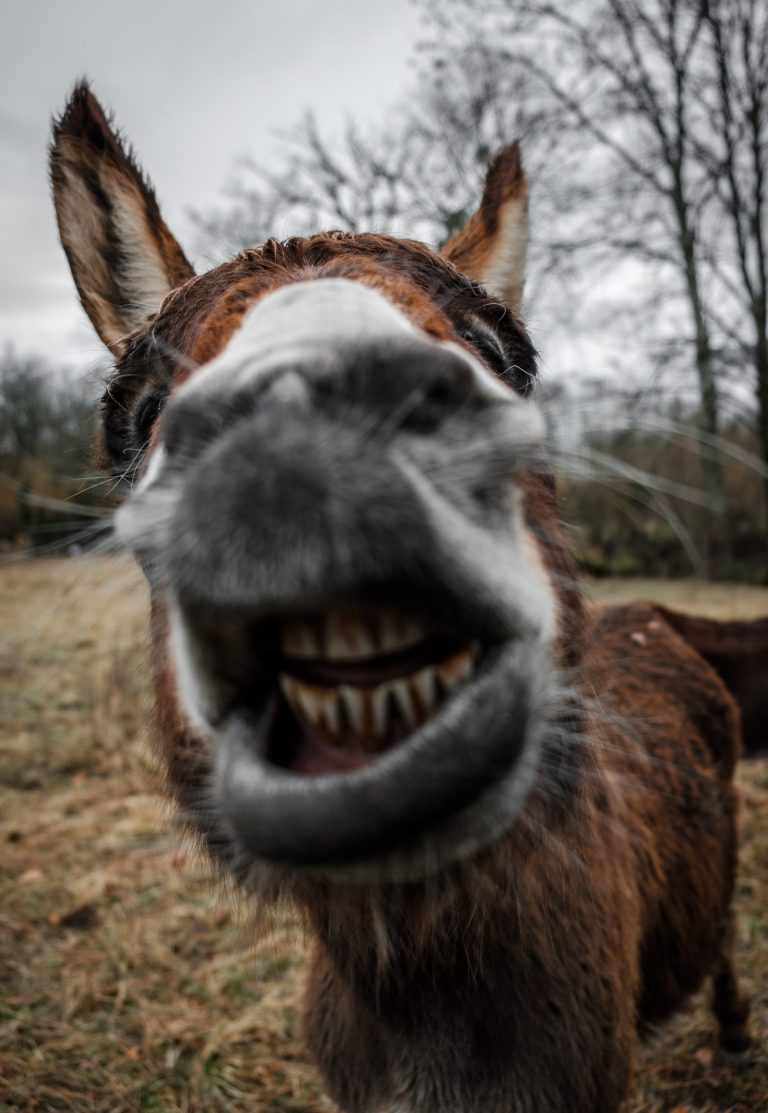
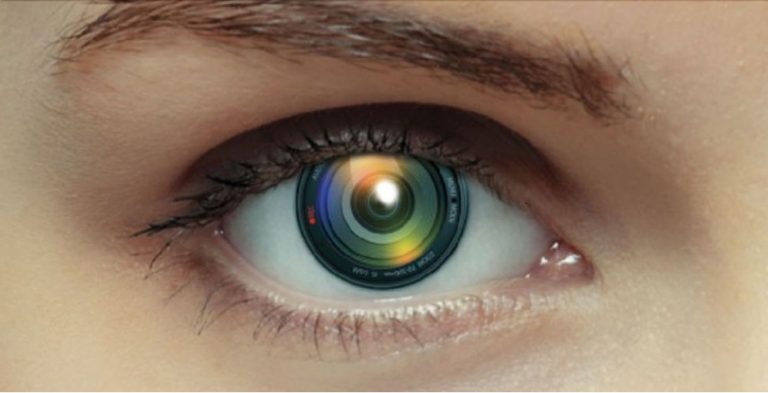




Amazing post! Very useful and easy to read!
” …tiny element in your story can be key” – the most interesting point and, actually, the approach of the writing process. I totally agree with it, moreover, I always try to include some small and interesting detail (even extraordinary:) ) in my writings. That can transform your common paper into something great.
Thanks for thoughts, guess I would enjoy reading your blog.
Write more!